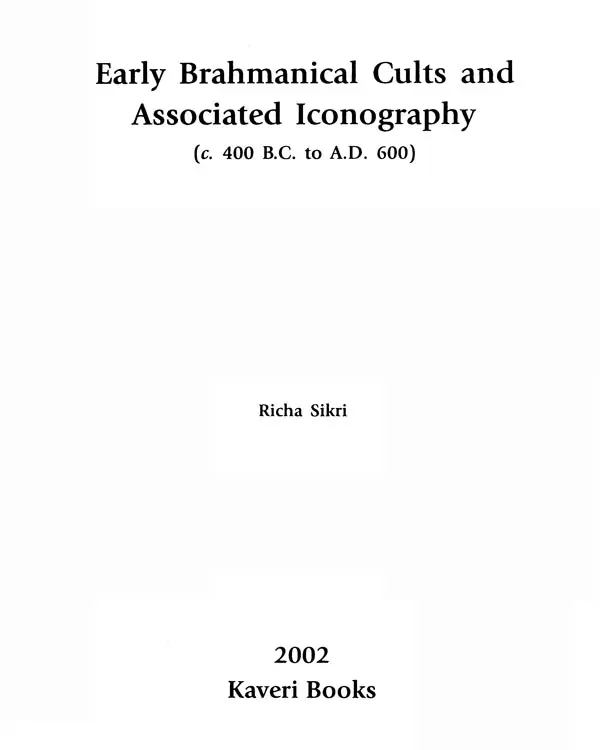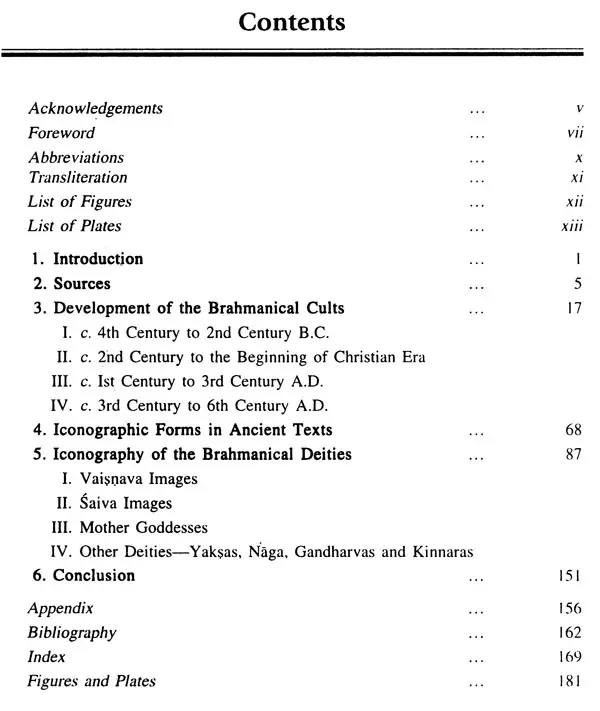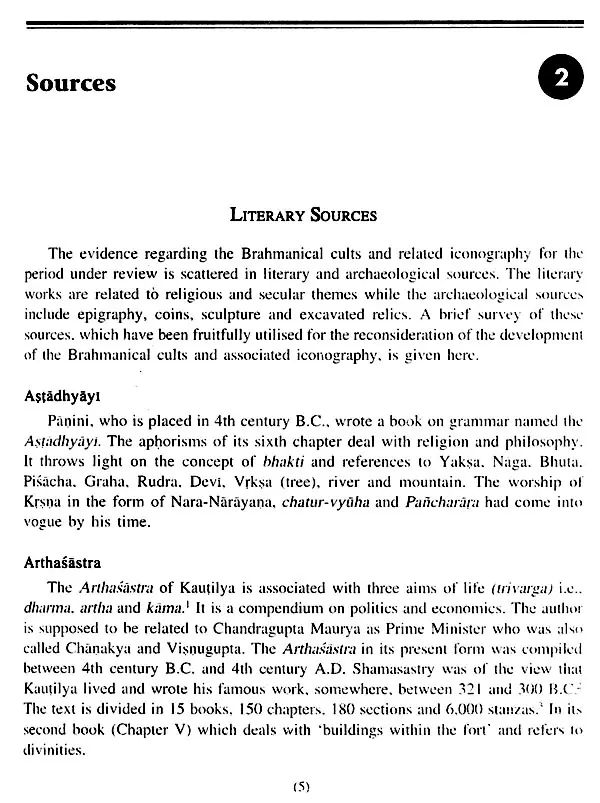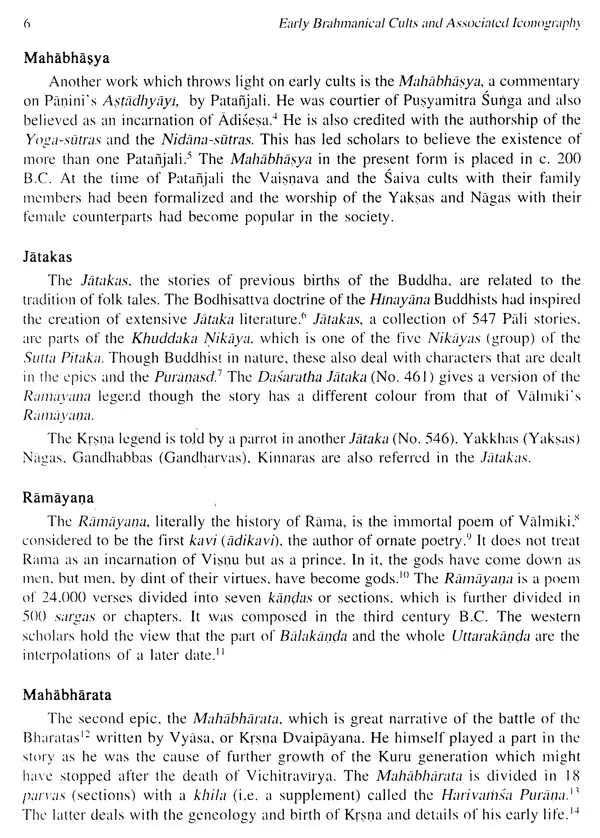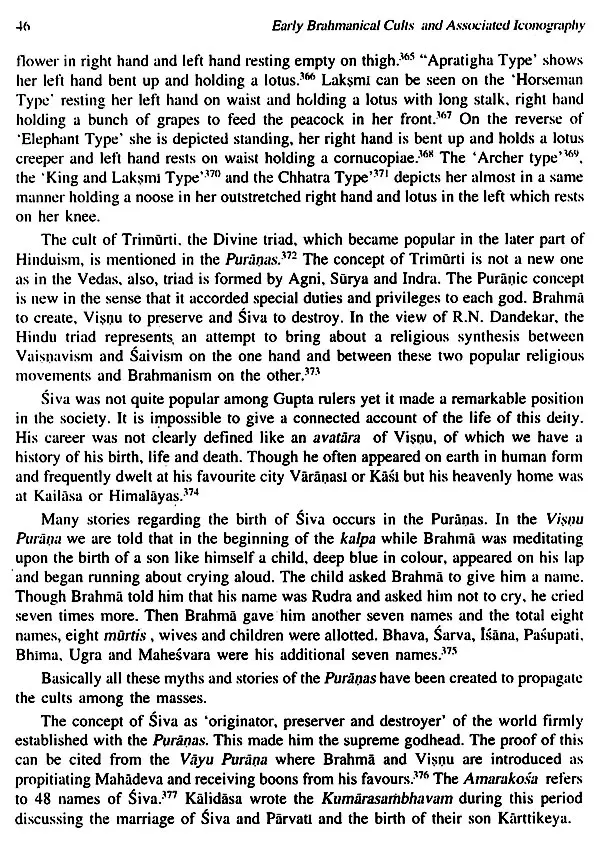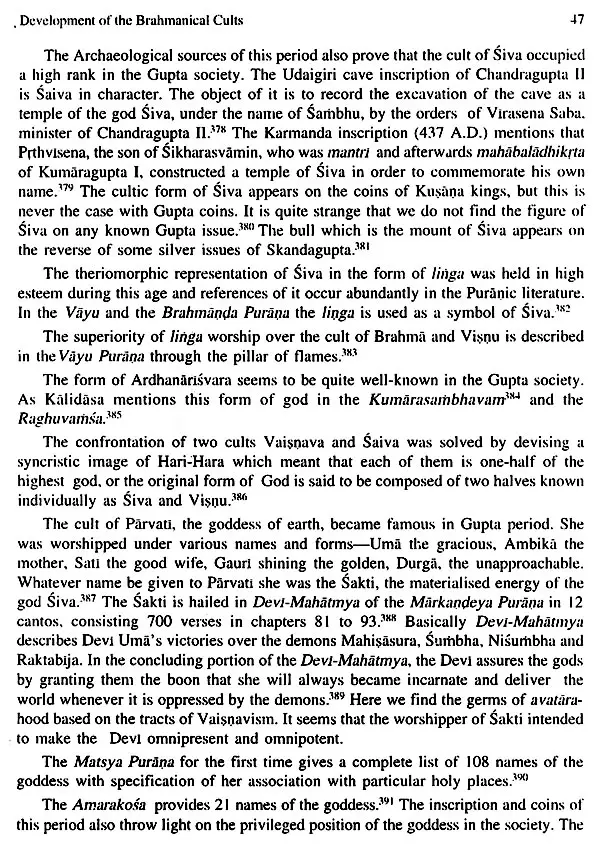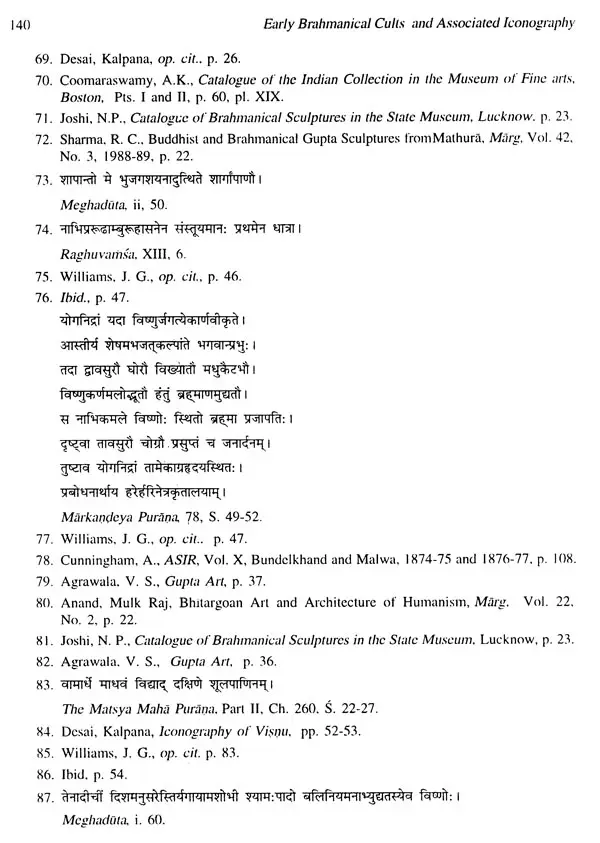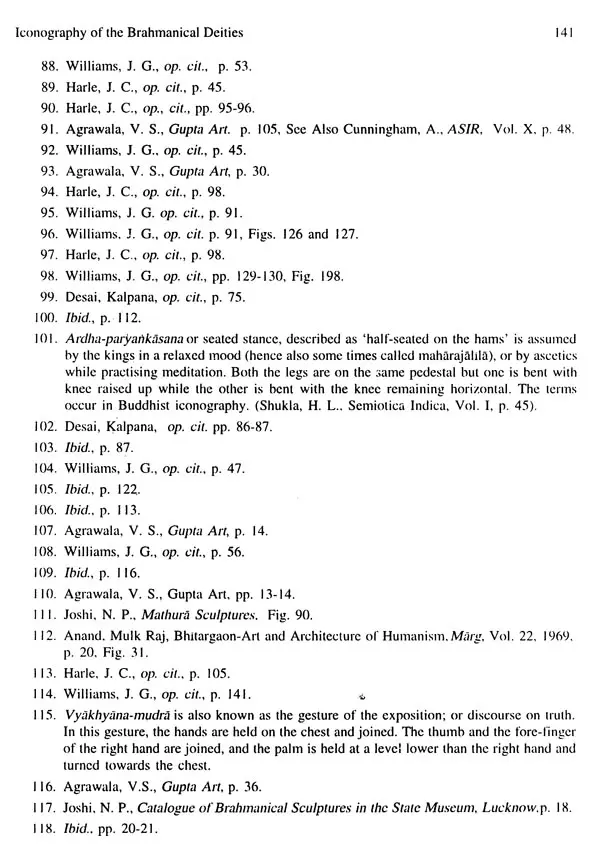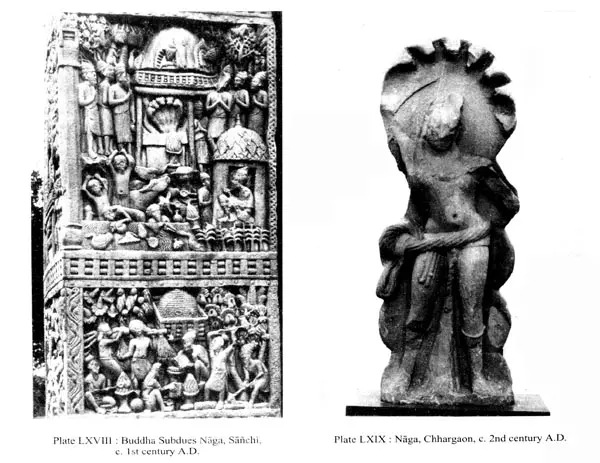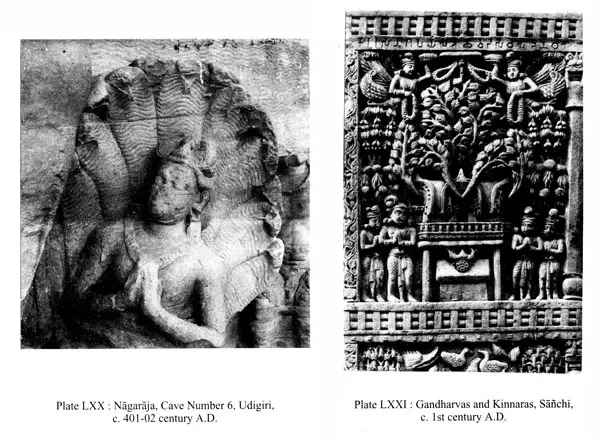
Early Brahmanical Cults and Associated Iconography (C. 400 B.C. to A.D. 600)
Book Specification
| Item Code: | UAM562 |
| Author: | Richa Sikri |
| Publisher: | Kaveri Books |
| Language: | English |
| Edition: | 2002 |
| ISBN: | 8174790446 |
| Pages: | 226 (Throughout B/w Illustrations) |
| Cover: | HARDCOVER |
| Other Details | 10.00 X 7.50 inch |
| Weight | 670 gm |
Book Description
It also discuss the Iconographic treatises written for making the perfect images of cult deities. It discusses Vaiṣṇava, Śaiva, Mother-goddess and others include Yakṣas, Nagas, Kinnaras, Gandharvas in detailed form, besides throws light on the concept of the Rituals, Pūjā and Temples.
Earlier studies on ancient Indian art are mostly related to iconography. identifications of forms and their co-relation with textual details. And as such these deal with only one aspect of art and throw little light on cultic developments. In the present study Dr. Sikri has studied archaeological and literary sources to reconstruct the growth of the Brahmanical cults in a chronological framework highlighting the historical development stages. She has rightly pointed out that the Brahmanical cults and their iconography is an outcome of a long gestation of ideas. The higher cults initially has a humble beginning at folk level. With the passage of time through patronage and followings, assimilation and absorption the folk cults acquired complex identity. This process began around c. 400 BC and was completed by AD 600. The visual forms found in the Gupta art and iconographic features detailed in contemporary texts amply prove it. The mode of worship (rituals and temples) also, tell the same story.
The work of Dr. Sikri has served as an important fill-up in the field of the study of ancient Indian religion and art, which I hope, will go a long way to inspire further researches in this direction. I congratulate Dr. Richa Sikri for her researches.
The history of the development of religious cults in India began from the proto historic times. The existence of a few deities, both malevolent and benevolent. is traceable in the relics of the Harappan Civilization. The Vedic literature attests that as many as thirty three deities were known at that time. The Brahmanas complicated the rituals centering around the deities. And every one was craving for some simpler form of worship. The solutions were sought which we find in the philosophy of the Upanisads heralding a social as well as intellectual revolt against the existing environment.
The emergence of two heterodox sects, Buddhism and Jainism, during the six century B.C. made the revolt more vigorous. The main motive of these sects was to free the society from the clutches of Vedic practices, and show them simpler ways of religious life. All these upheavals forced Brahmanism to change its mode and form to survive. The sustenance of it was in less ritualistic as well as less intelligible ways towards religion. This actually brought forth the notion of cult practices, the seeds of which had earlier been sown in proto-historic India.
A cult is basically a form or system of worship centered around a deity of one's own choice and can be called a religious cult when it gets wedded to the vitality of philosophy and metaphysics. The cult practices, which started with the folk divinities the Yaksas and Yaksis, Nagas and Nagis, reached to its highest watermarks with the emergence of the great gods and goddesses viz.
